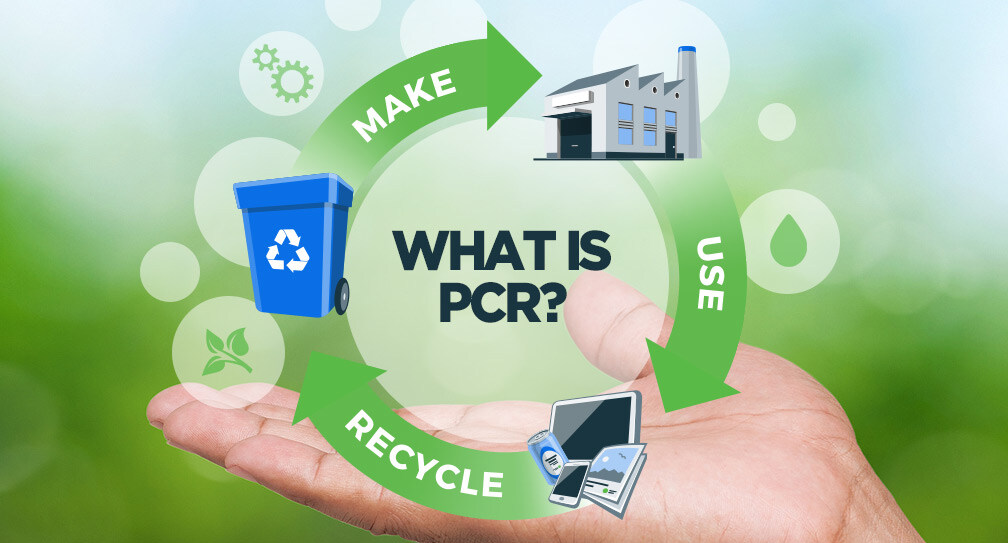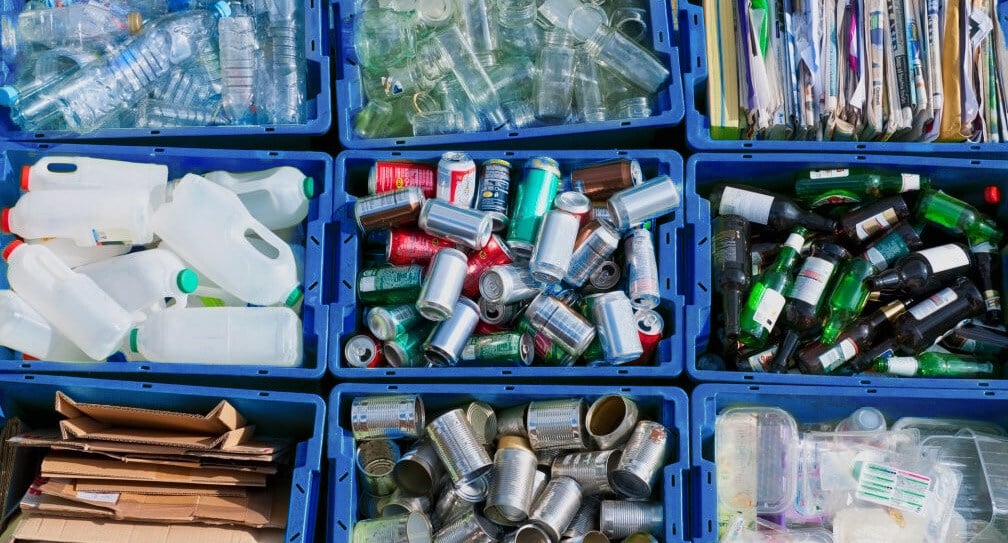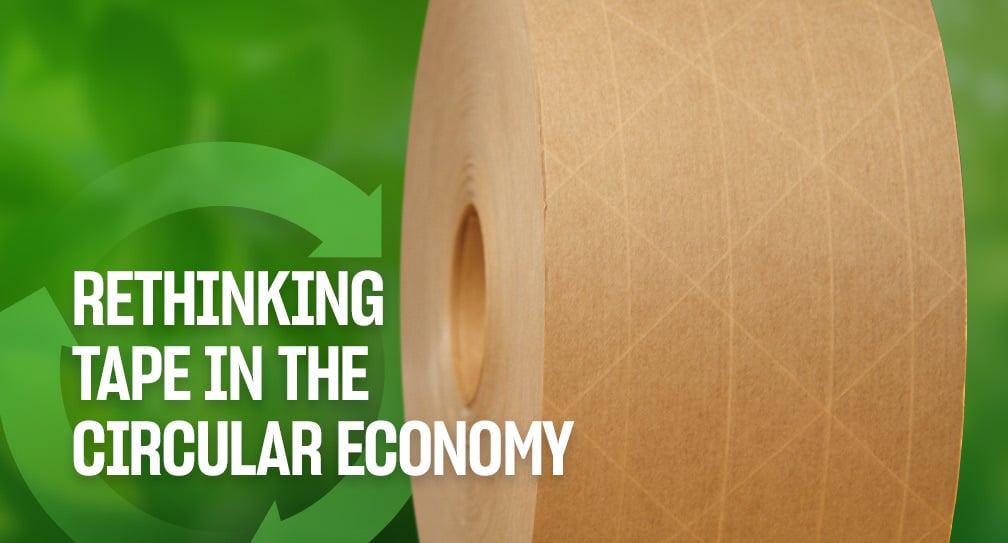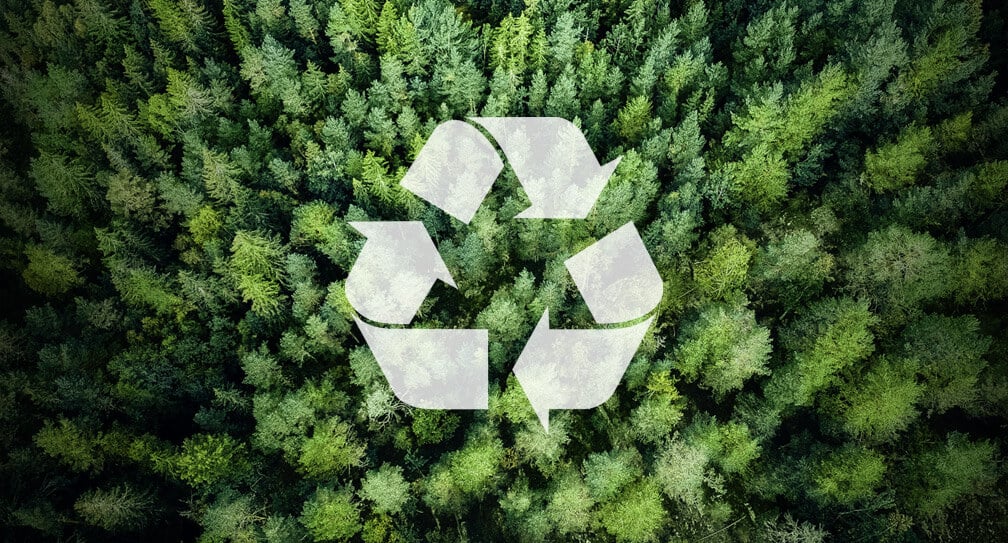Across industries and around the globe, companies and consumers alike are seeking innovative ways to reduce waste, conserve resources, and protect the planet. One of the most effective ways to address these challenges is by embracing post-consumer recycled materials (PCR) as a critical component of sustainable manufacturing and packaging. At IPG, we continue to build on our momentum by incorporating PCR into an increasing number of product lines, helping our customers minimize their environmental impact while still enjoying high-quality, reliable packaging solutions.
Below, we explore how PCR strengthens circular economy initiatives and how businesses can leverage these materials for a more sustainable future.
 What Are Post-Consumer Recyclables (PCR)?
What Are Post-Consumer Recyclables (PCR)?Post-consumer recyclables (PCR) refers to materials that have served their original purpose and would typically be thrown out, but now are being collected, sorted, and processed for another use. Examples include plastic bottles, cardboard boxes, aluminum cans, and paper products. Once recycled and reprocessed, these materials can be transformed into new goods, thereby reducing reliance on virgin resources and preventing valuable materials from ending up in landfills.
Leading manufacturers using PCR are helping close the loop on waste, allowing materials to be reused repeatedly and fostering a circular economy. This stands in contrast to a more traditional, linear (take – make – waste) economy, in which products are made from new materials, used, and then discarded.
Strengthening the Circular Economy
- RESOURCE CONSERVATION
The core principle of a circular economy is to design waste out of our production and use systems, and a key strategy is keeping materials in circulation for as long as possible. By using PCR as raw material, manufacturers reduce the demand for virgin resources (like new plastics or fresh pulp), which not only minimizes environmental strain but also promotes more responsible sourcing practices.  WASTE REDUCTION
WASTE REDUCTION
In a linear economy, products often find their way to landfills or incinerators after a single use. Incorporating PCR helps divert these valuable materials away from disposal sites—an increasingly critical goal as global consumer demand and waste volumes surge.- LOWER CARBON FOOTPRINT
Producing materials from PCR often consumes less energy compared to using virgin resources, resulting in fewer greenhouse gas emissions. This reduction in carbon footprint is a significant incentive for industries committed to lowering their overall environmental impact and meeting sustainability and regulatory targets. - DRIVING INNOVATION
Demand for PCR-based products is spurring continuous innovations in recycling technologies and manufacturing techniques. This, in turn, creates new opportunities in areas such as sustainable packaging, advanced material sorting, and design for recyclability—ultimately building more resilient supply chains.
Benefits for Businesses
- ENHANCES BRAND IMAGE
Today’s consumers are increasingly eco-conscious and actively seek sustainable alternatives. By integrating PCR in products and packaging, businesses demonstrate leadership in environmental stewardship—thereby strengthening brand perception and fostering consumer loyalty. - REGULATORY COMPLIANCE
With governments worldwide introducing stricter regulations around recycling and waste management, shifting toward PCR can help businesses stay compliant. This proactive approach can reduce the likelihood of fines or other penalties while aligning with emerging global standards. - COST SAVINGS AND STABILITY
While PCR material pricing can fluctuate, leveraging existing feedstock (i.e., recycled content) can help insulate businesses from unpredictable virgin material costs. In addition, businesses that establish robust recycling programs can capitalize on potential revenue streams by selling recycled content or reclaiming materials for their own use. - LONG-TERM SUSTAINABILITY GOALS
Many organizations have set ambitious sustainability targets that include reducing waste, carbon footprint, and total virgin material usage. Transitioning to PCR-based solutions is a tangible and measurable way to make progress toward these goals.
How IPG Is Leading the Way
At IPG, we are committed to helping our customers transition to a more circular economy. Our approach includes:
 Innovative Product Design
Innovative Product Design
We prioritize product development that includes PCR content without sacrificing quality or performance. By engineering tapes, films, and other packaging solutions with recycled content, we help minimize resource extraction and waste.- Strong Supplier Partnerships
We work with carefully selected suppliers to ensure our PCR materials meet high standards for quality, reliability, and environmental integrity. This collaboration allows us to deliver consistent performance while reducing dependence on non-renewable resources. - Customer Education and Support
We believe knowledge is power. By supporting our customers with detailed information on the environmental advantages of PCR, as well as best practices for recycling and waste reduction, we empower them to make informed sustainability choices.




